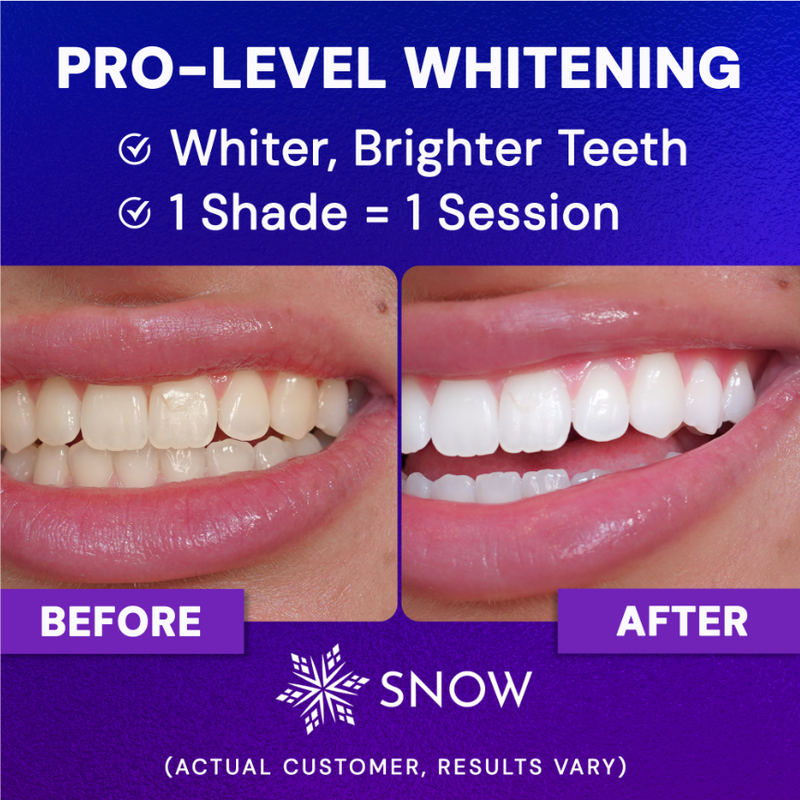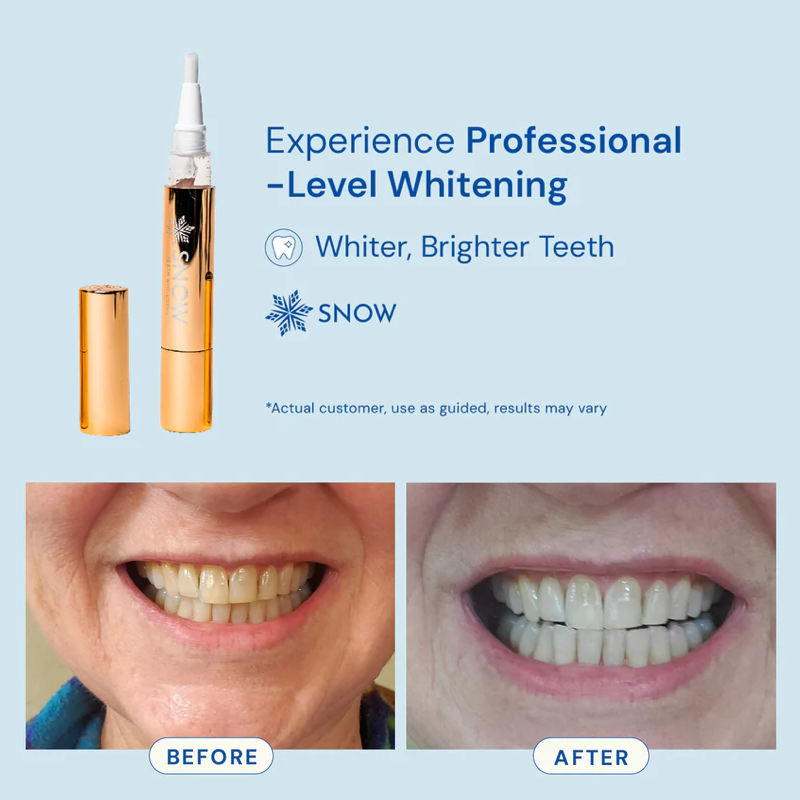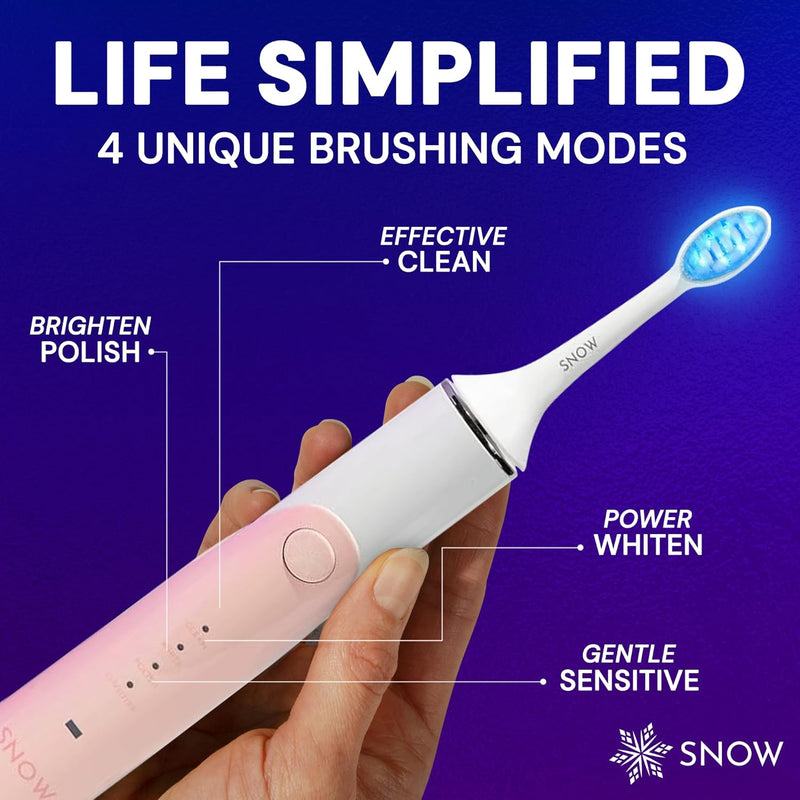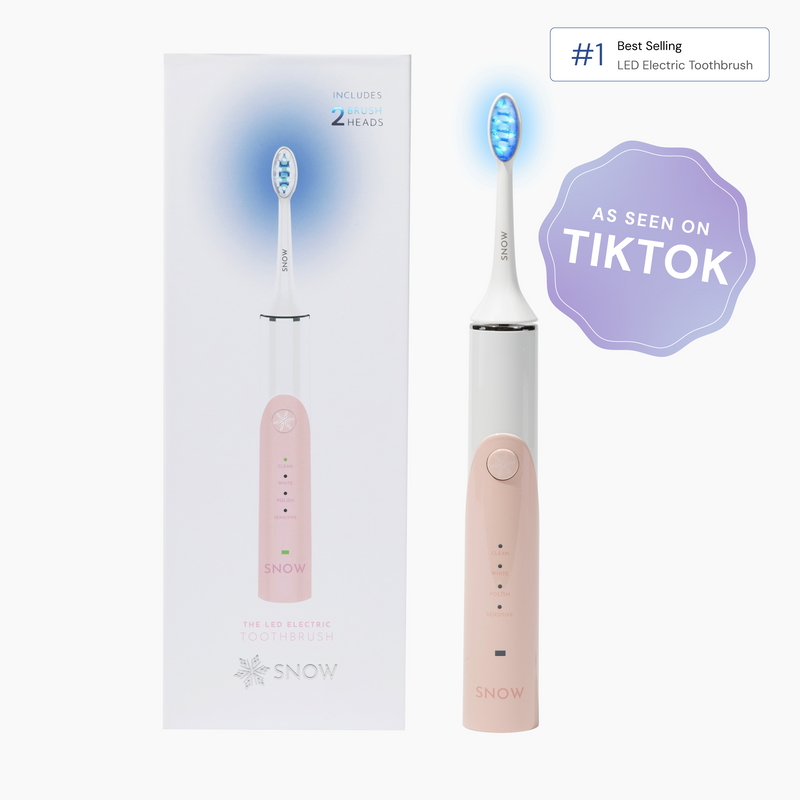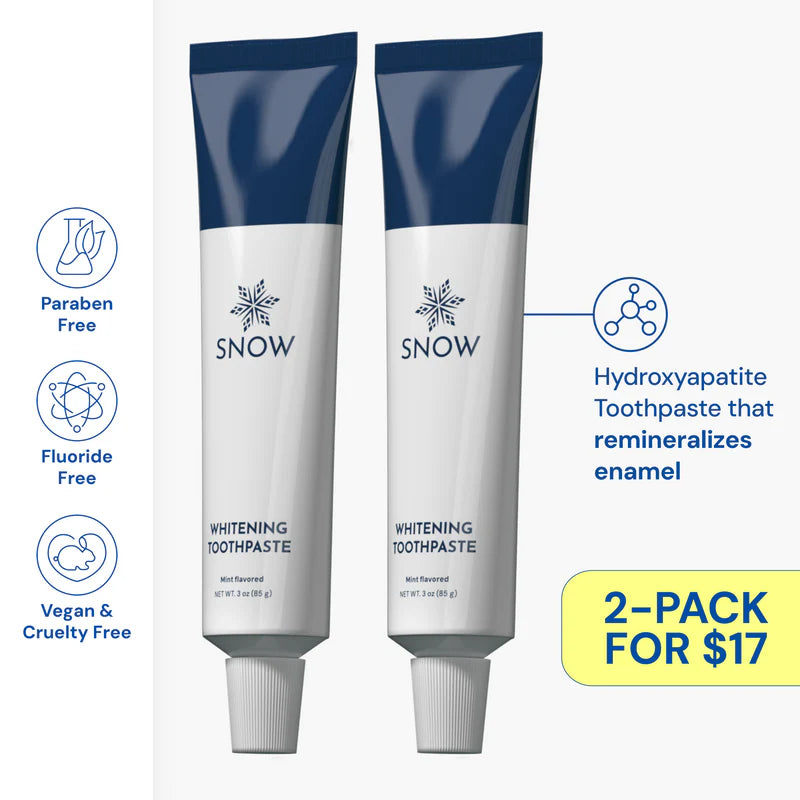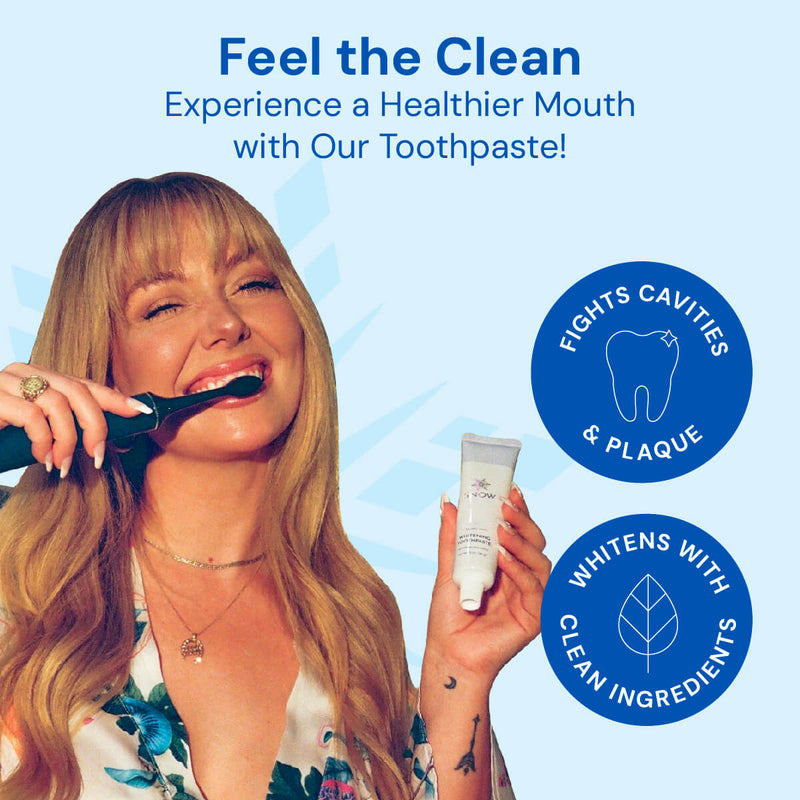When it comes to your health, you may be accustomed to seeing changes in your energy levels, skin, and blood pressure. Your tongue is an often-overlooked window into your health.
While your dentist will examine your tongue for any signs of poor oral hygiene and oral cancer, you should look for additional changes of an unhealthy tongue such as oral thrush or other small bumps on your own.
In general, any substantial changes in color, as well as the development of a sore tongue and painful bumps may signal a health concern. However, your tongue can undergo a variety of changes, each with a unique effect and often they can indicate a problem.
WHAT YOUR TONGUE IS TELLING YOU ABOUT YOUR OVERALL HEALTH
The surface of a healthy tongue should be pink, with little nodules called papillae. Certain medical conditions might cause your tongue to change color, and a color-changing tongue could be your first sign of a serious underlying problem. If the look of your tongue changes substantially, develops spots or lesions that do not go away, or swells and becomes painful, you should see your dentist or doctor immediately to establish the cause.
AN UNHEALTHY TONGUE'S COLORS
Here's a simple guide to understanding what your tongue's color says about your general health:
RED TONGUE
A bright red tongue can be caused by a variety of factors, including inflammation, infection, a blood illness, an underlying cardiac issue, or a vitamin deficiency. Scarlet fever, eczema, and Kawasaki disease are among conditions that can cause a red tongue.
PURPLE TONGUE
Heart issues and poor blood circulation can cause your tongue to turn purple. A purple tongue is another symptom of Kawasaki disease.
BLUE TONGUE
A shortage of oxygen caused by respiratory problems, renal illness, or a blood ailment can create a blue tongue.
YELLOW TONGUE
The tongue may have a yellow appearance, or a yellow coating may form as a result of bacterial accumulation caused by poor dental hygiene, cigarette usage, alcohol use, heavy drinking of coffee or black tea, dry mouth, stomach lining irritation, or a weaker immune system.
GRAY TONGUE
Digestive problems might cause your tongue to become gray. Peptic ulcers and eczema are two more possibilities.
WHITE TONGUE
A tongue with thick and lumpy white patches might indicate oral thrush, a fungal infection of the mucous membranes of your mouth. Dehydration can be detected by a tongue that is just slightly white.
BROWN TONGUE
Certain foods and activities, such as excessive coffee consumption or smoking, might cause your tongue to turn brown.
Certain antibiotics, poor dental hygiene, and smoking can all cause a tongue that appears black and hairy with bulging pimples. Bismuth can also temporarily discolor the look of your tongue.

HOW A HEALTHY TONGUE APPEARS
It's important to understand what's typical for a tongue to look like when healthy.
The color of a healthy tongue is normally pink, however it can vary somewhat in dark and light hues. On the top and bottom of your tongue, there are little nodules. These are known as papillae that almost give it a pink strawberry like appearance.
Treatments
The treatment for each incidence of tongue discoloration differs depending on the underlying reason. Some conditions necessitate medicine, such as:
- Antibiotics used to treat scarlet fever
- Antifungals for oral thrush
- Vitamin B-12 deficiency supplementation
- Folic acid (vitamin B-9) deficiency supplementation
- Anti-inflammatory medications for Kawasaki disease
The following conditions are typically not treated. Instead, you may fix problems by practicing good dental hygiene:
- Oral lichen planus
- Geographic tongue
- Yellow tongue
- Black hairy tongue
If your tongue changes are caused by drugs or supplements, see your doctor about possible alternatives. This may be beneficial, particularly if your tongue is troubling you.
WHEN SHOULD YOU SEE A DOCTOR?
During your yearly physical, your primary care physician will often examine your tongue. Also, as part of your dental cleaning, either the hygienist or the dentist will examine your tongue.
Nonetheless, it's still critical to monitor any changes in your tongue over the year.
As a general guideline, consult your doctor if you detect any substantial changes in the color of your tongue, especially if they last more than two weeks.
Also, if you have discomfort, swelling, or tumors on your tongue, contact your doctor. The sooner any tongue problems and their underlying causes are identified, the sooner you can obtain a proper treatment.
It is also critical to detect oral cancer as soon as possible. Consult your dentist twice a year and inform them if you have a history of cigarette smoking or other tobacco use. Tobacco usage is a leading cause of mouth and throat cancer.
CONCLUSION
Your tongue may reveal a lot more about your health than you may realize.
If you see any strange color changes, such as white patches, yellow, or red patches, consult your doctor right away as it may be a sign of a serious condition.
FAQS
HOW DO YOU KNOW IF YOUR TONGUE IS UNHEALTHY?
When the tongue shows signs of health problems, a dramatic shift in hue from the regular pink tone you're used to seeing is one of the first obvious indications. Other warning indicators of an unhealthy tongue include pain during eating, drinking, or swallowing, as well as new lumps and canker sores.
WHAT DOES AN ABNORMAL TONGUE LOOK LIKE?
If your tongue is not pink, or if it has huge areas of white, brown, black, or another color, this might signal a health problem. Similarly, if you have abnormally large bumps or no lumps at all, you should consult a doctor.
WHAT DOES A DEHYDRATED TONGUE LOOK LIKE?
When a person is dehydrated, his or her tongue appears dry and has a white or white-to-yellowish coating. The tongue might seem spotty or splotchy in some circumstances. You are dehydrated if your tongue frequently clings to the roof of your mouth.
IS ORAL CANCER CALLED HAIRY TONGUE?
An overgrowth of dead skin cells causes the extension of the papillae and discoloration from bacteria, yeast, food, smoke, or other items in the mouth. It is a transient, non-cancerous condition.













































